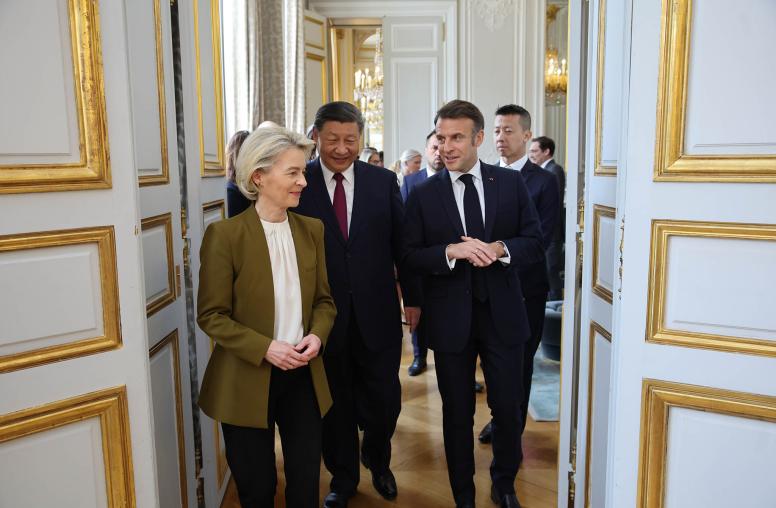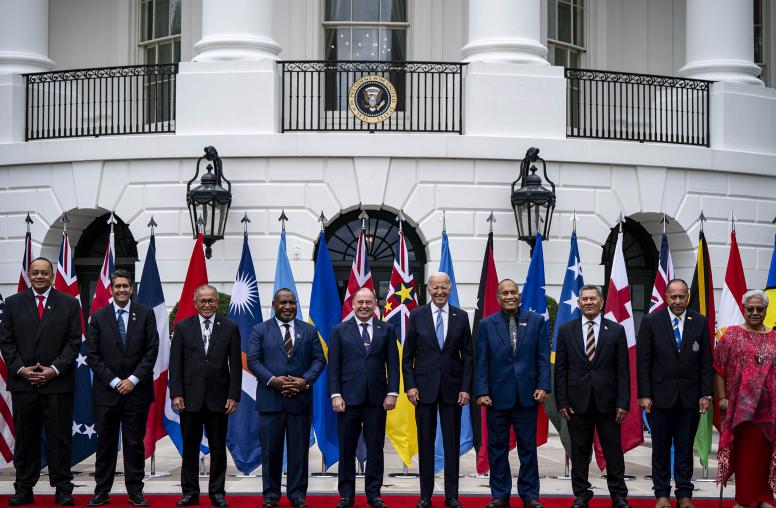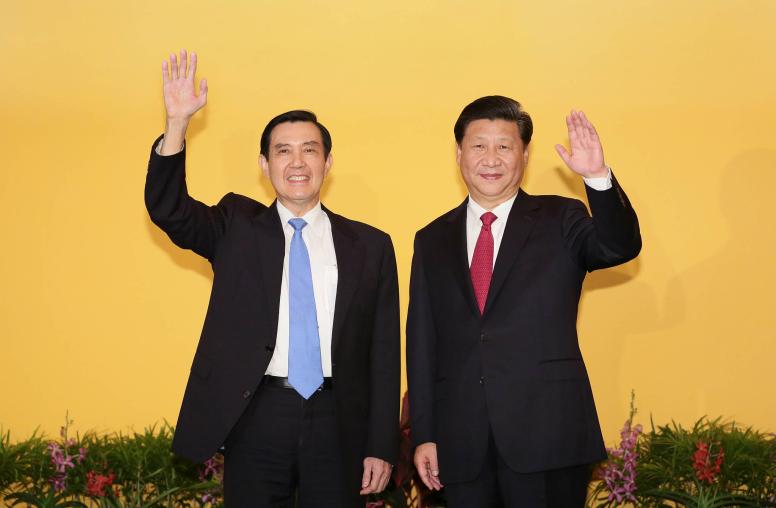Addressing China’s Economic and Military Coercion in the Indo-Pacific
A Bipartisan Congressional Dialogue with Rep. Ed Case (D-HI) and Rep. John Rutherford (R-FL)
Read the Event CoverageChina continues to develop and invest in its military in the Indo-Pacific and around the world at a startling pace. However, Beijing has also increasingly pursued non-military means of coercion and power projection including infrastructure lending, internal political meddling, and leveraging economic dependence through programs like the Belt and Road Initiative. Along with the escalating geopolitical competition between the United States and China, these initiatives demand a robust and coordinated U.S. response. This response should not only reinforce the United States’ defense posture, but also support enduring interests and values in free and open trade and development, democracy, and human rights.
Rep. Ed Case (D-HI) and Rep. John Rutherford (R-FL), members of the House Appropriations Committee, discussed what Congress is doing to address this issue at USIP’s ninth Bipartisan Congressional Dialogue.
Join the conversation on Twitter with #BipartisanUSIP.
Speakers
Rep. Ed Case (D-HI)
U.S. Representative from Hawai’i
@RepEdCase
Rep. John Rutherford (R-FL)
U.S. Representative from Florida
@RepRutherfordFL
Amb. George Moose, moderator
Vice Chair, Board of Directors, U.S. Institute of Peace



